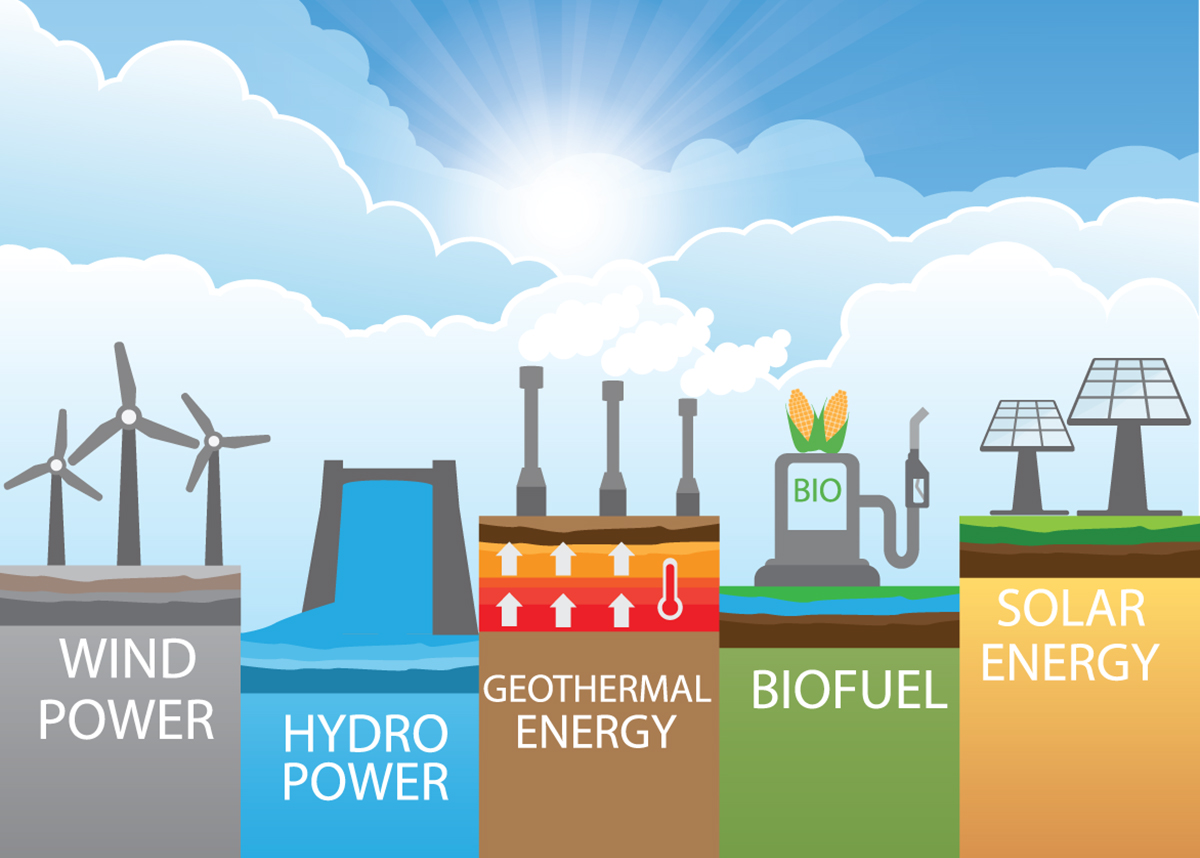
The Future of Renewable Energy Storage: Unlocking a Sustainable Tomorrow
The world is witnessing a significant shift towards renewable energy sources, driven by the urgent need to combat climate change and reduce our reliance on fossil fuels. However, the intermittent nature of solar and wind power poses a significant challenge to ensuring a stable and reliable energy supply. This is where energy storage comes into play, and the future of renewable energy storage looks brighter than ever.
The Current Landscape
Renewable energy sources, such as solar and wind power, have made tremendous strides in recent years, with solar energy alone growing by 22% in 2020. However, the lack of energy storage capabilities hinders the widespread adoption of these clean energy sources. The traditional grid infrastructure is designed to accommodate fossil fuels, which provide a constant supply of energy. In contrast, renewable energy sources are intermittent, meaning that energy generation is dependent on weather conditions.
To address this challenge, energy storage systems have emerged as a crucial component of the renewable energy landscape. Energy storage enables the capture and storage of excess energy generated during periods of high production, which can then be used to meet demand during periods of low production. This not only ensures a stable energy supply but also helps to reduce greenhouse gas emissions and mitigate the impact of climate change.
Advancements in Energy Storage Technologies
The energy storage landscape has witnessed significant advancements in recent years, with various technologies vying for dominance. Some of the most promising energy storage technologies include:
- Lithium-Ion Batteries: Lithium-ion batteries have emerged as a front-runner in the energy storage market, owing to their high energy density, long lifespan, and decreasing costs. These batteries are widely used in electric vehicles and are increasingly being deployed for grid-scale energy storage applications.
- Flow Batteries: Flow batteries store energy in liquid electrolytes in external tanks, which can be scaled up or down depending on the application. These batteries are well-suited for long-duration energy storage and are gaining traction in the utility-scale market.
- Sodium-Ion Batteries: Sodium-ion batteries are an emerging alternative to lithium-ion batteries, offering a potentially more cost-effective and sustainable solution for energy storage.
- Hydrogen Fuel Cells: Hydrogen fuel cells store energy in the form of hydrogen gas, which can be generated from excess renewable energy. These cells have the potential to provide long-duration energy storage and are being explored for transportation and stationary power applications.
- Pumped Hydro Storage: Pumped hydro storage involves storing energy by pumping water from a lower reservoir to an upper reservoir during off-peak hours, which can then be released to generate electricity during peak demand periods. This technology accounts for the largest share of global energy storage capacity.
Emerging Trends and Innovations
The energy storage landscape is witnessing a plethora of innovative developments, which are set to transform the industry in the years to come. Some of the emerging trends and innovations include:
- Grid-Scale Energy Storage: Grid-scale energy storage involves the deployment of energy storage systems at the utility level, enabling the storage of excess energy generated by renewable sources.
- Behind-the-Meter Energy Storage: Behind-the-meter energy storage involves the deployment of energy storage systems at the residential and commercial level, enabling households and businesses to store excess energy generated by on-site renewable sources.
- Vehicle-to-Grid (V2G) Technology: V2G technology enables electric vehicles to act as energy storage devices, feeding excess energy back into the grid when not in use.
- Smart Energy Management Systems: Smart energy management systems use advanced software and IoT sensors to optimize energy storage and distribution, ensuring maximum efficiency and reliability.
- Green Hydrogen: Green hydrogen is produced by electrolyzing water using excess renewable energy, which can then be stored and used as a clean energy carrier.
Challenges and Opportunities
Despite the numerous advancements and innovations in energy storage, the industry faces several challenges, including:
- Cost: Energy storage systems are still relatively expensive, making them inaccessible to many consumers and businesses.
- Scalability: Energy storage technologies need to be scaled up to meet the growing demand for renewable energy.
- Grid Integration: Energy storage systems need to be seamlessly integrated into the existing grid infrastructure.
- Policy and Regulation: The lack of clear policy and regulatory frameworks hinders the widespread adoption of energy storage technologies.
However, these challenges also present opportunities for innovation and growth. Governments, businesses, and consumers must work together to overcome these challenges and unlock the full potential of renewable energy storage.
Conclusion
The future of renewable energy storage looks bright, with a plethora of innovative technologies and applications on the horizon. As the world continues to transition towards a low-carbon economy, energy storage will play a critical role in ensuring a stable and reliable energy supply. While challenges exist, the opportunities for growth and innovation are vast, and it is imperative that we work together to unlock the full potential of renewable energy storage and create a sustainable tomorrow.




